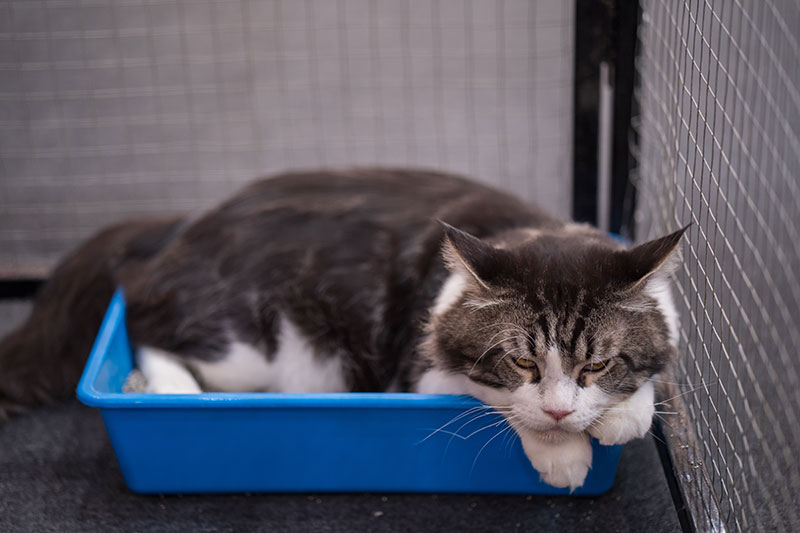As a cat owner of fifteen years, I’ve learned the hard way that ignoring the litter box is a recipe for disaster. My ginger tom, Rufus, once held a grudge for three days after I forgot to scoop his tray during a bank holiday lie-in.
He expressed his displeasure by wee-ing on my pillow. Lesson learned: cats are creatures of habit, and their bathroom schedule is non-negotiable. But just how long can a cat realistically go without access to a litter box?
Let’s dig into the details.

A healthy adult cat can hold its bladder for 8-12 hours and its bowels for 24-48 hours, though this varies wildly depending on age, health, diet, and stress levels.
Kittens under six months have tiny bladders and need to go every 2-4 hours. Senior cats or those with urinary issues might manage only 4-6 hours before discomfort sets in.
I once left Rufus at a cattery for a long weekend. The staff told me he refused to use the communal tray on the first night-too many unfamiliar smells-and held it until morning. By the time I collected him, he bolted straight to his own box at home and let rip for what felt like a full minute.
Cats are stoic, but they’re not superheroes. Push them past their limit and you risk urinary tract infections, bladder stones, or outright rebellion (think sofa surprises).
Yes, most adult cats can comfortably manage an 8-hour night without a litter box, provided they’ve had access before bedtime and will again first thing in the morning.
My routine is simple: last scoop at 10 pm, first scoop at 6 am. Rufus trots in around 5:45 am like clockwork, tail high, demanding entry.
That said, don’t make a habit of locking them out of the tray overnight. Pregnant queens, diabetic cats, or those on wet-food diets produce more urine and may need midnight access.
And if your cat wakes you with frantic scratching at the door, it’s not for a cuddle, it’s an emergency.
No two cats are the same. Here’s what I’ve observed over the years:
Diet: Dry kibble means less urine; wet food or raw diets mean more frequent trips. Rufus switched to a veterinary renal diet last year and now visits the box three times daily instead of two.
Hydration: Cats who drink little (common in kibble-fed felines) concentrate their urine and can hold longer, but this risks crystals. Encourage water intake with fountains or flavoured ice cubes.
Stress: Moving house, new pets, or even rearranging furniture can make a cat “hold it” out of anxiety. My friend’s Siamese once went 36 hours without pooing after a fireworks display.
Medical conditions: UTI, FLUTD, constipation, or arthritis (making the box rigid to climb into) all shorten the window. If your cat strains, cries in the box, or produces tiny puddles, see a vet immediately.
Age & size: Kittens and small breeds have smaller bladders; Maine Coons can apparently store a small lake.
Number of boxes: The golden rule is one box per cat plus one extra. In multi-cat households, blocking access to even one tray can spark territory wars.
This is where many owners slip up. Cats are fastidious; a dirty box is an unused box. As a rule of thumb:
Leave it longer than two weeks and you’re begging for problems. Ammonia builds up, irritating their paws and lungs. Rufus once developed a sore on his paw pad from standing in his own urine because I’d been lazy for a fortnight. Vet bill: £180. Never again.
Some cats are fussier than others. My late tabby, Midge, would pee in the bath if a single clump remained. Others tolerate more. Watch your cat’s body language: hovering, sniffing, then walking away is a red flag.
Final thoughts: Treat the litter box like your own loo-if it’s grim, you’d hold it too. Give your cat clean, quiet, accessible facilities, and they’ll reward you with a stink-free home and a happy purr. Ignore it, and you’ll be scrubbing carpets at 2 am. Trust me, I’ve been there.